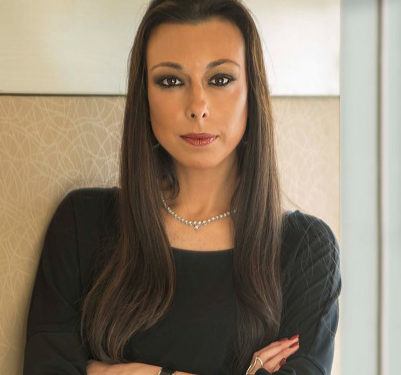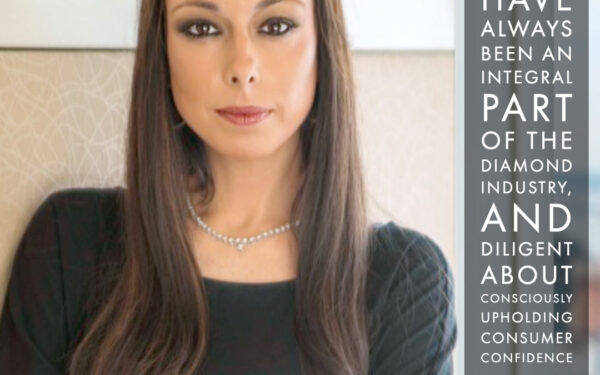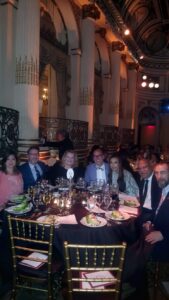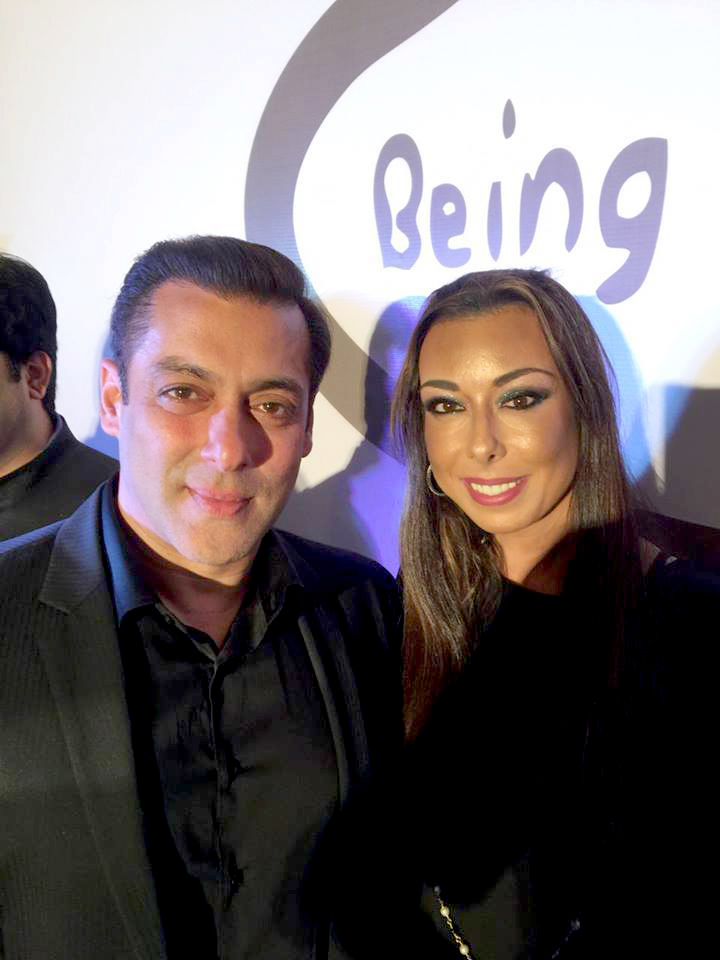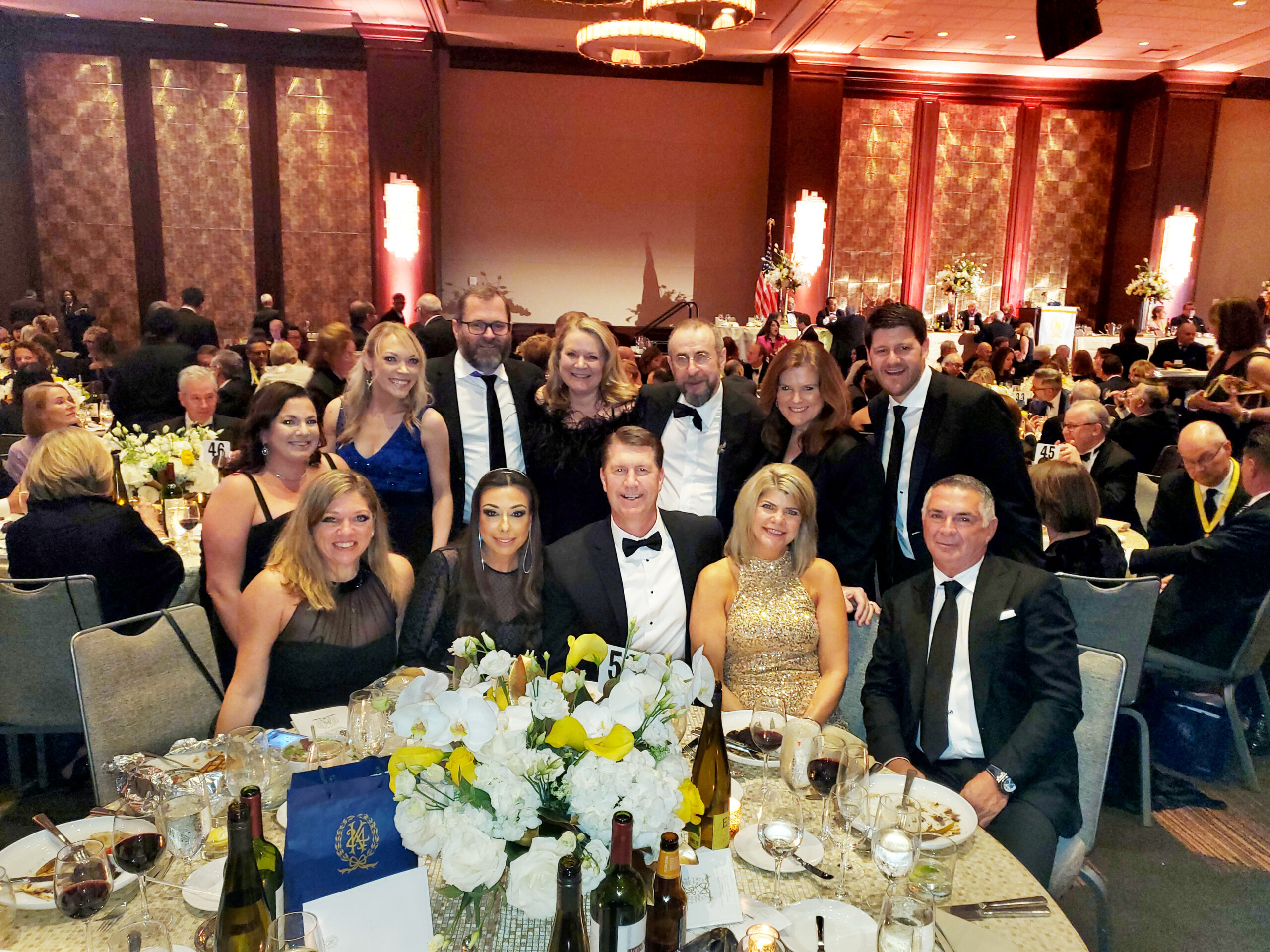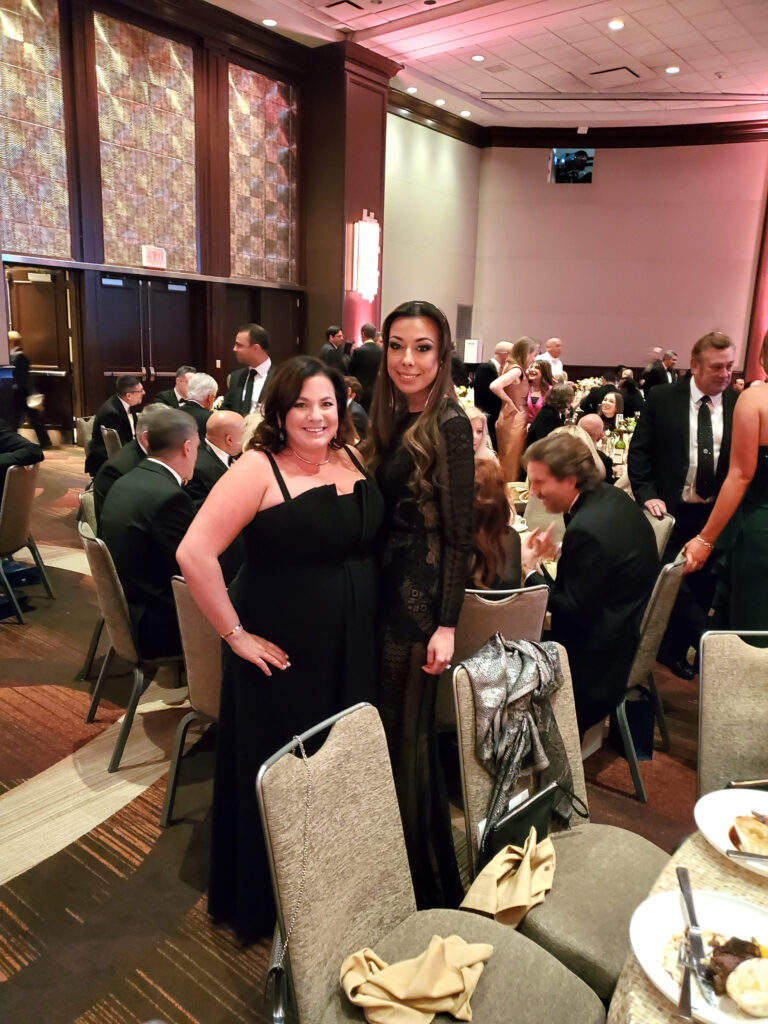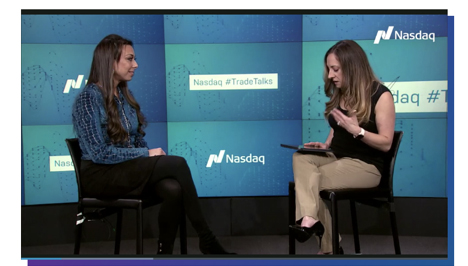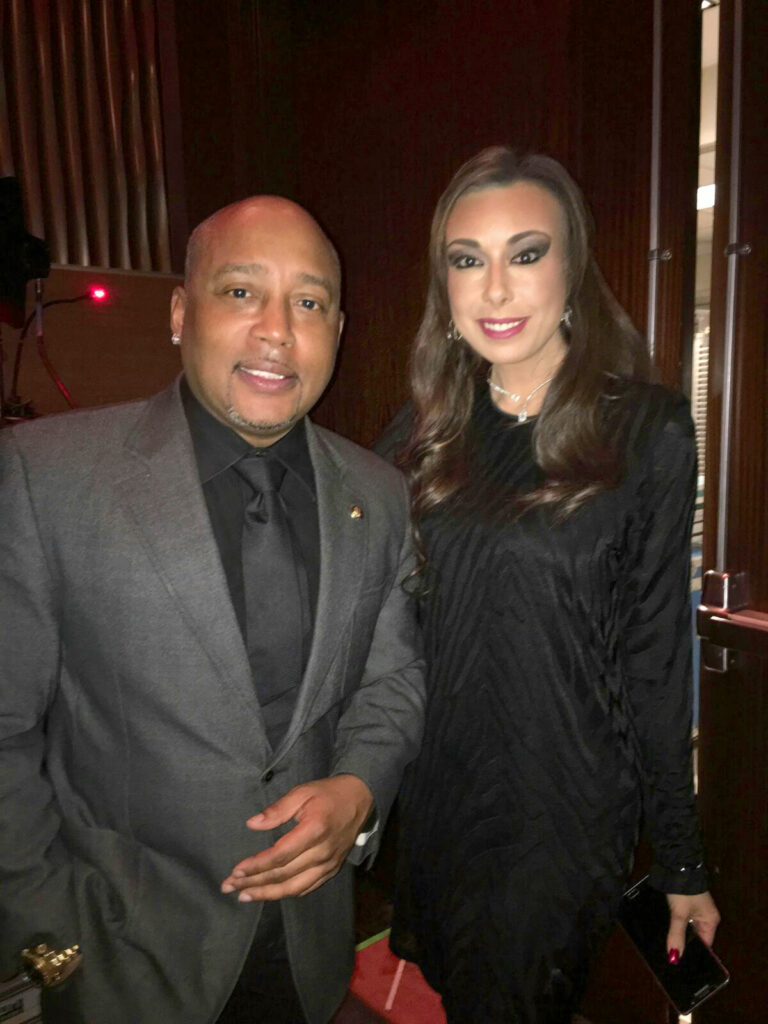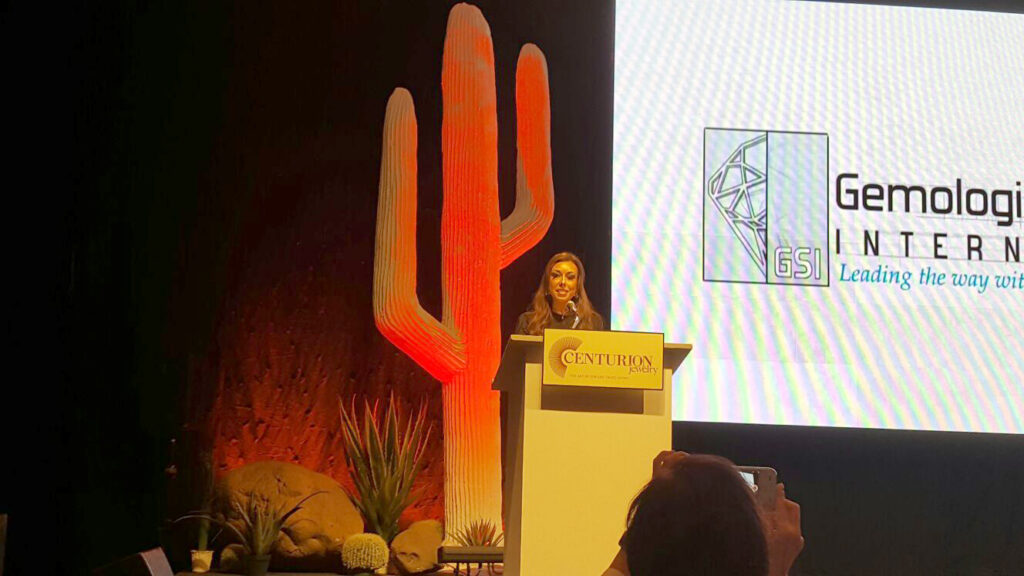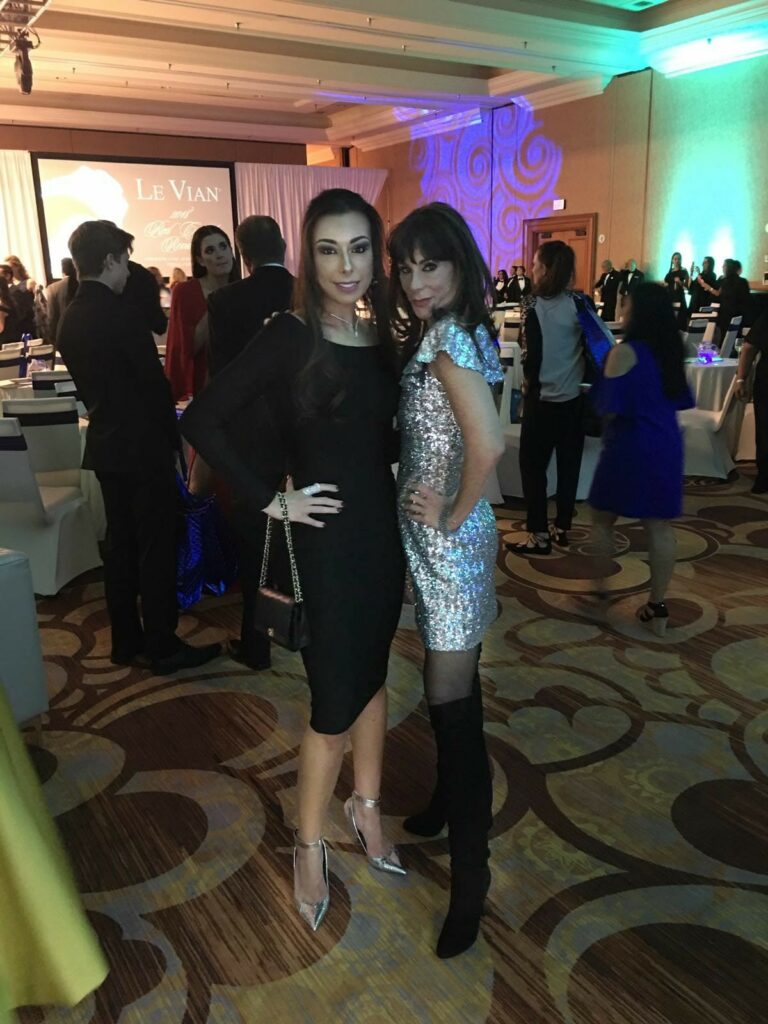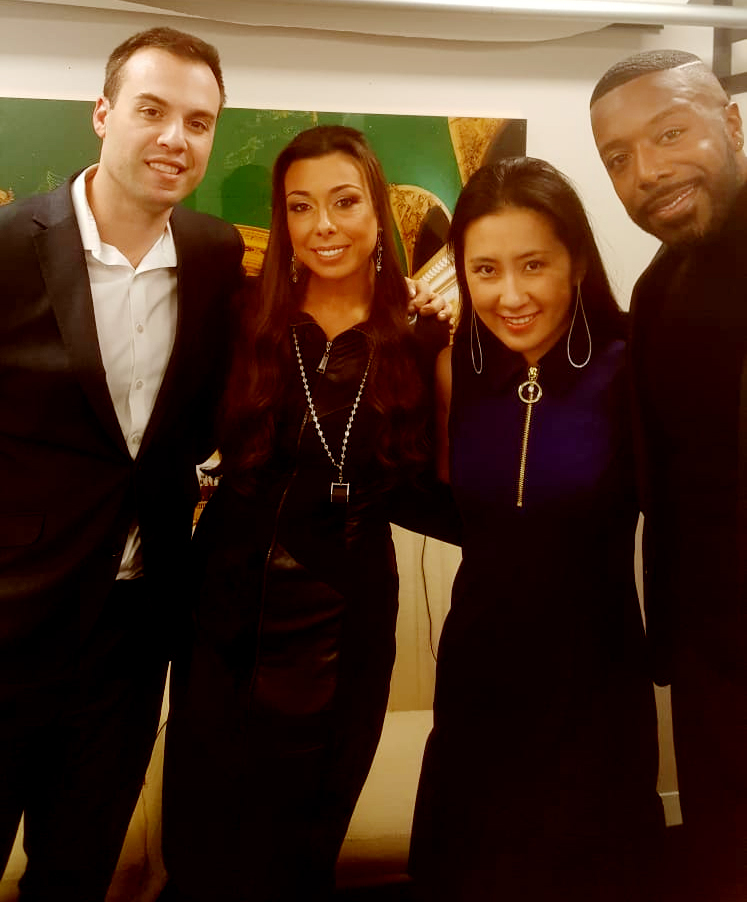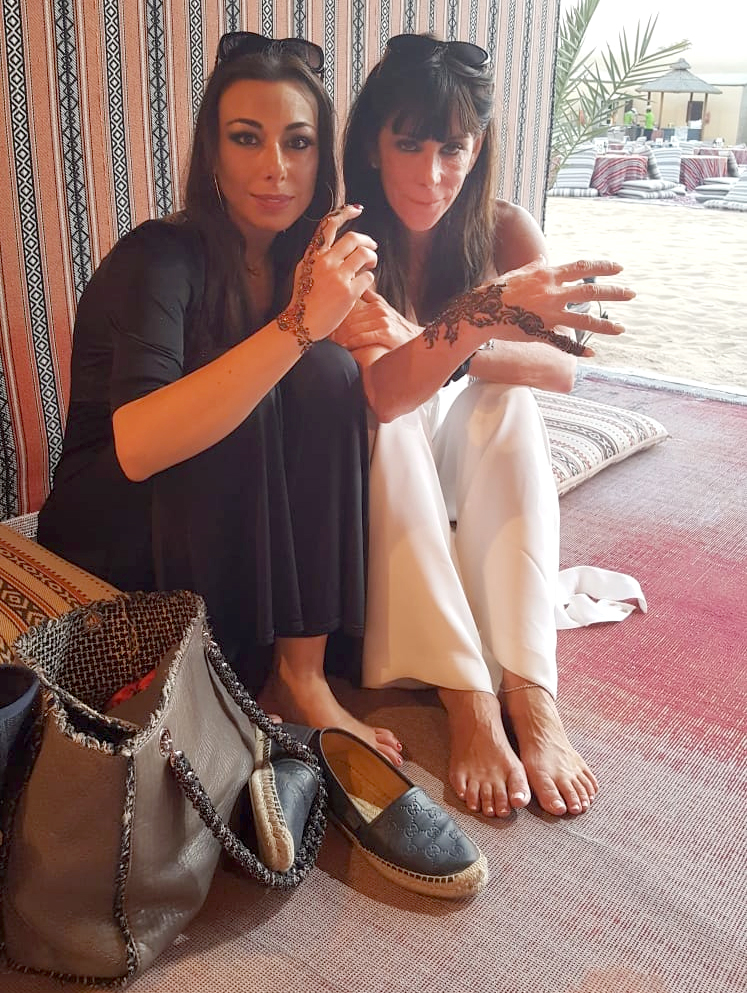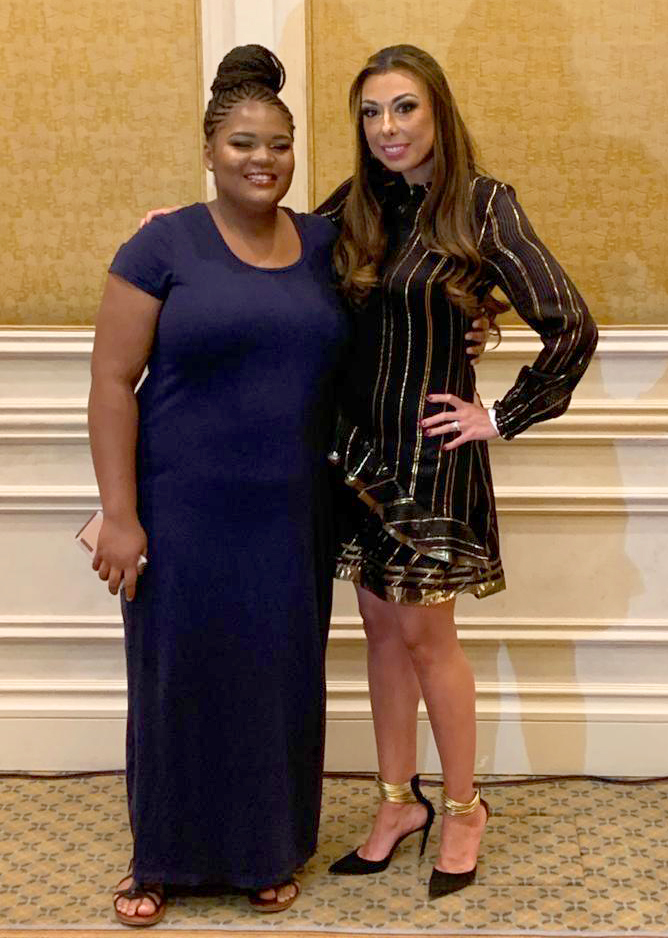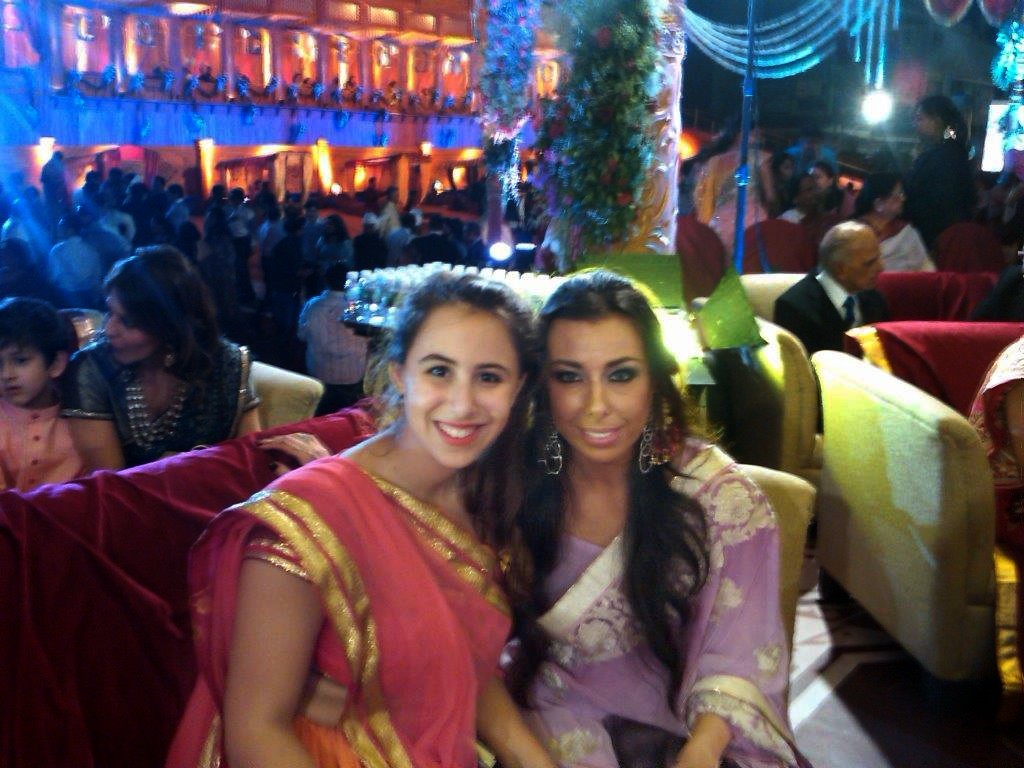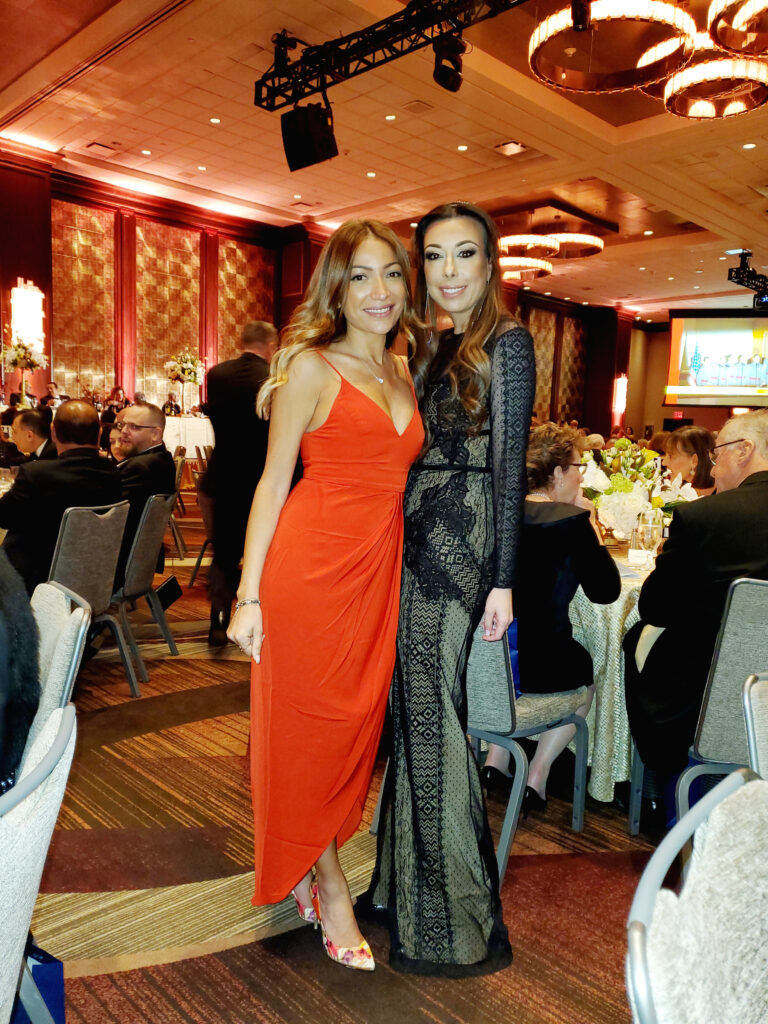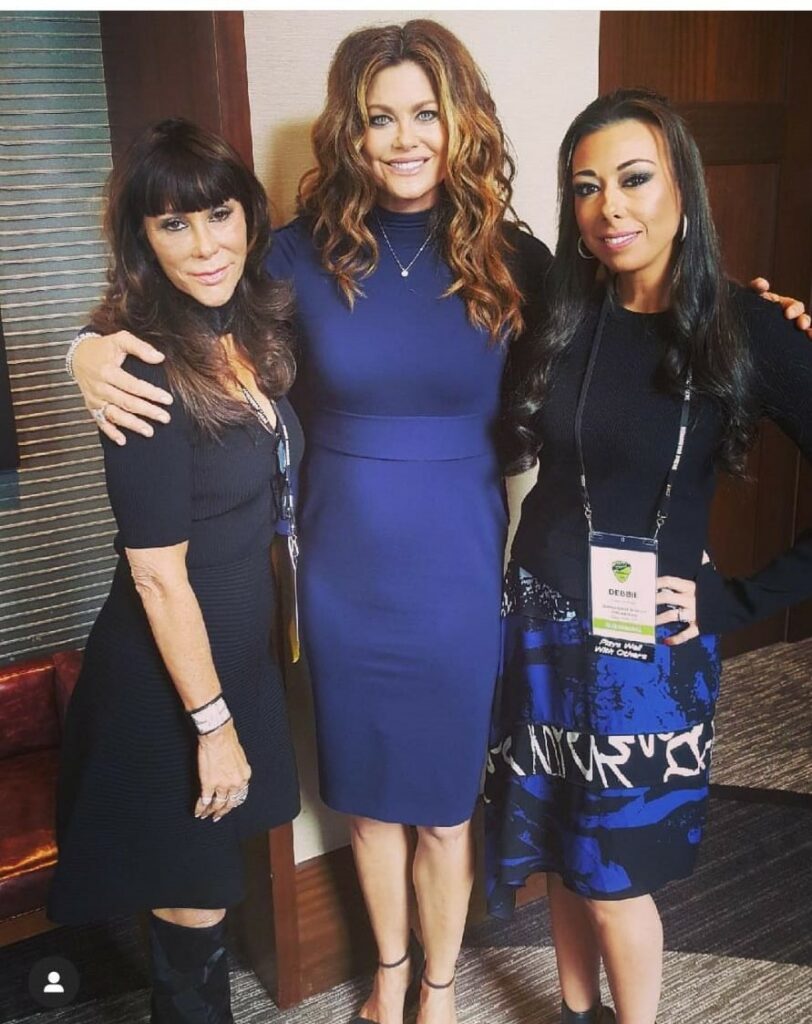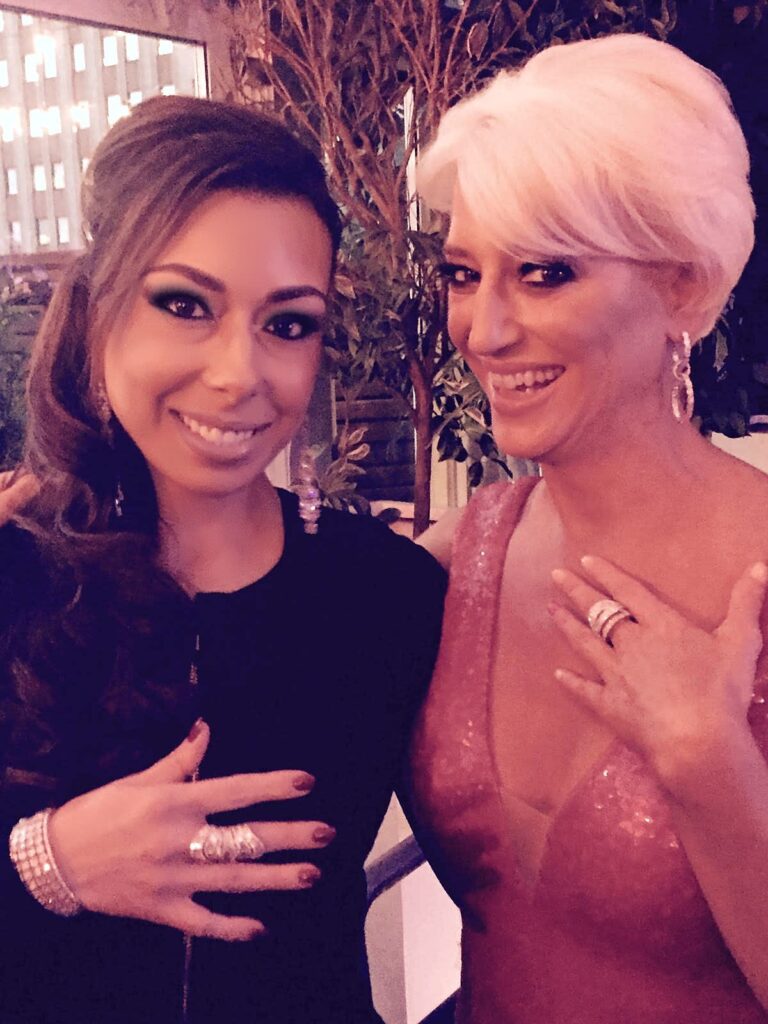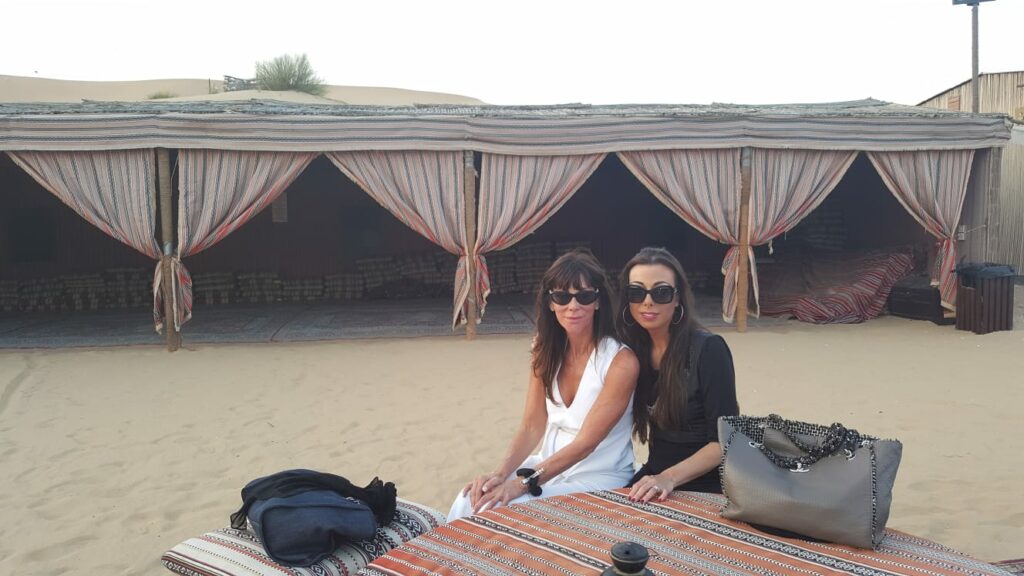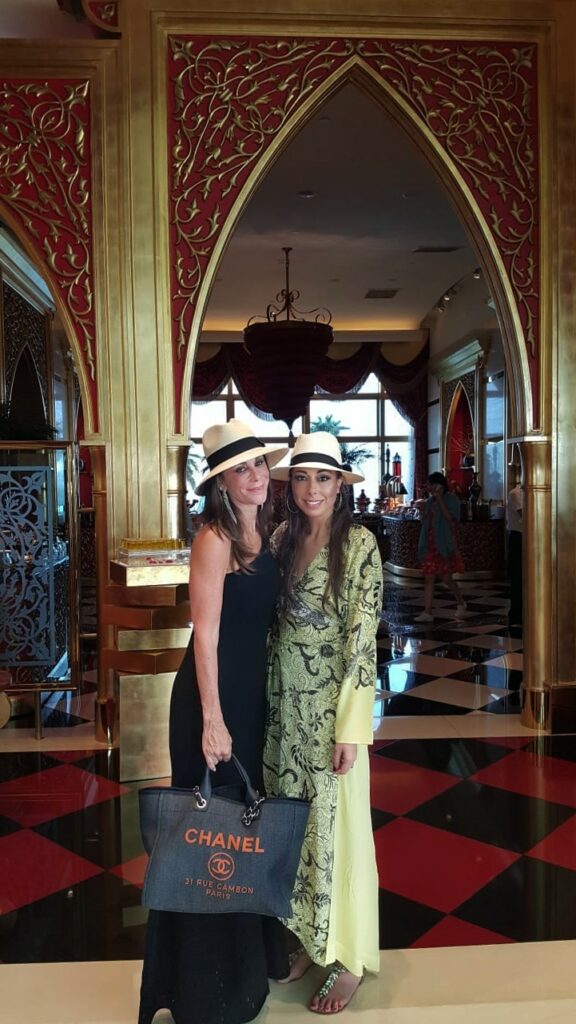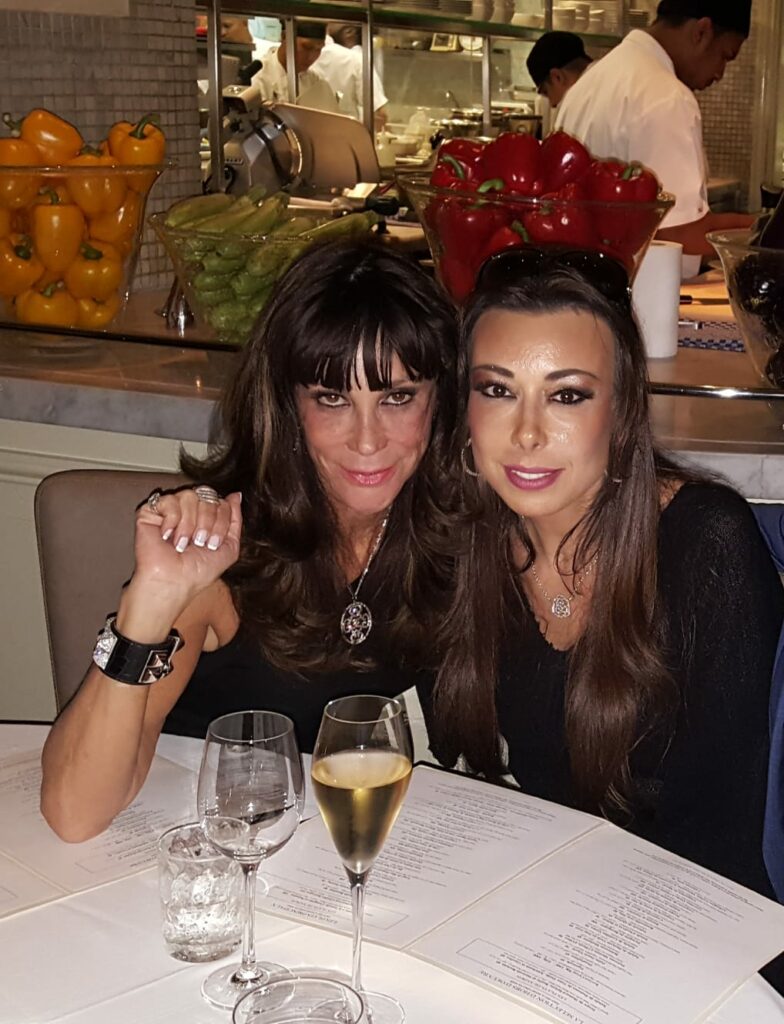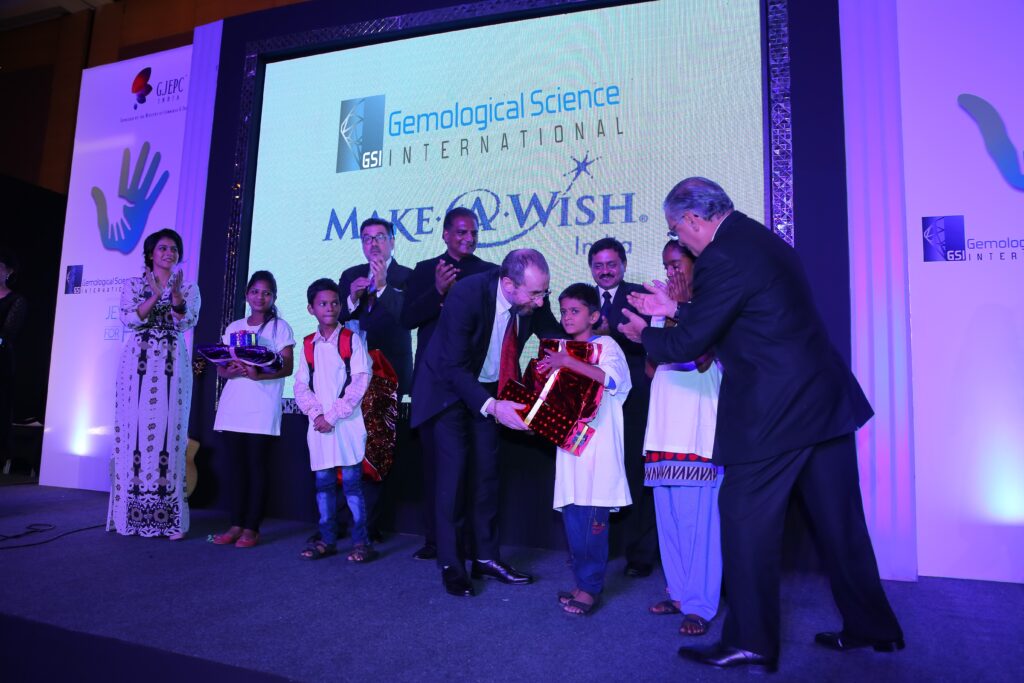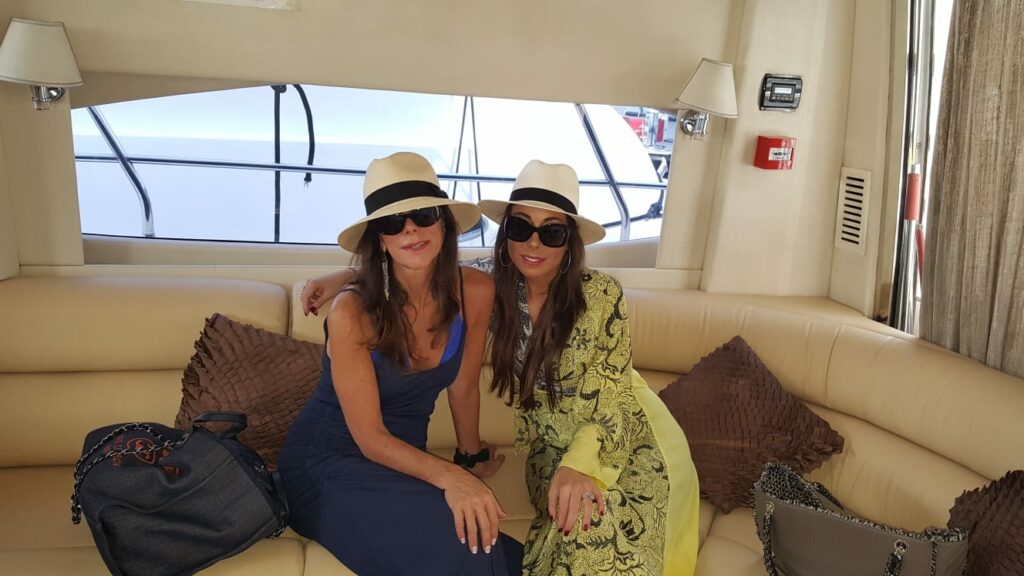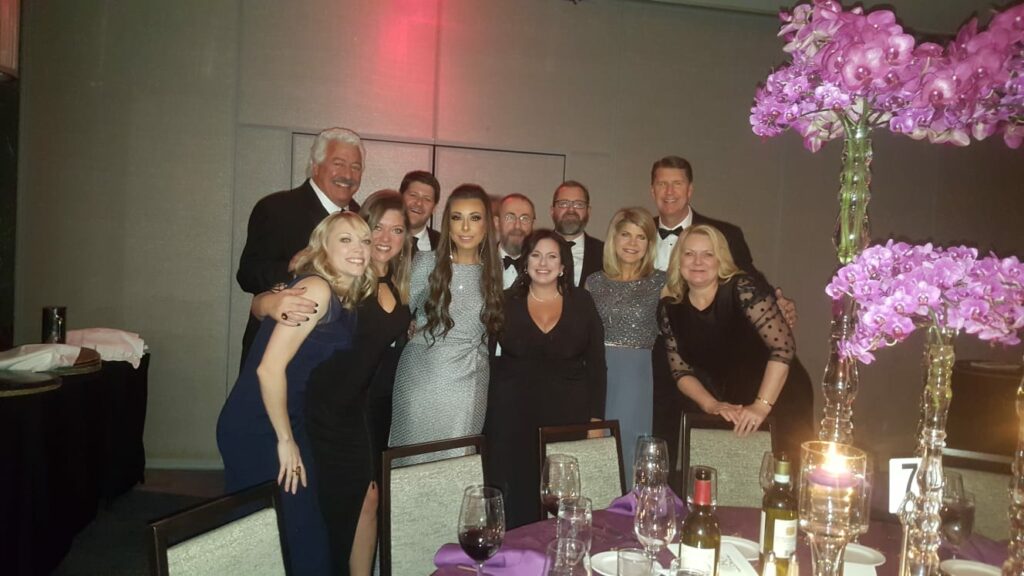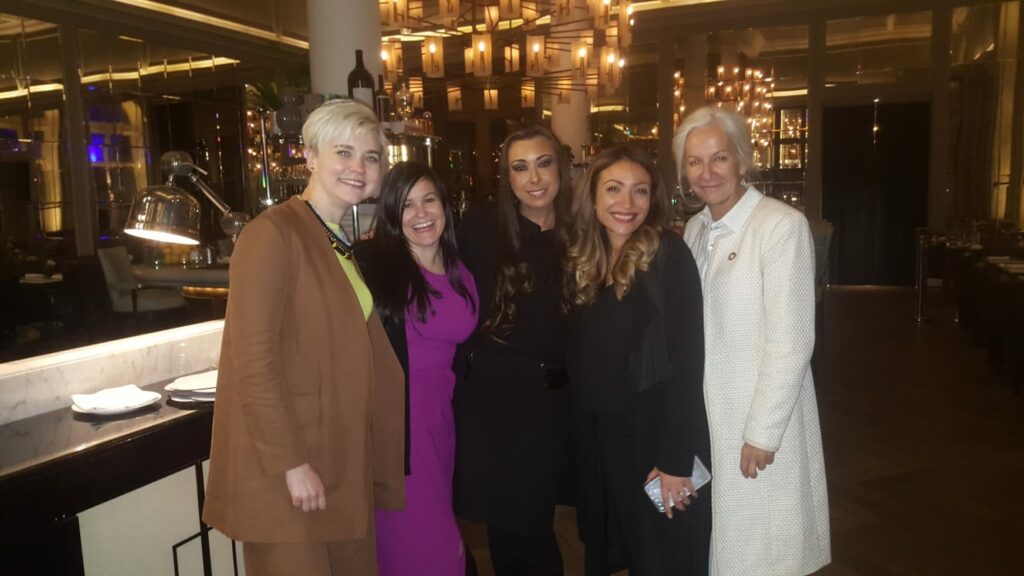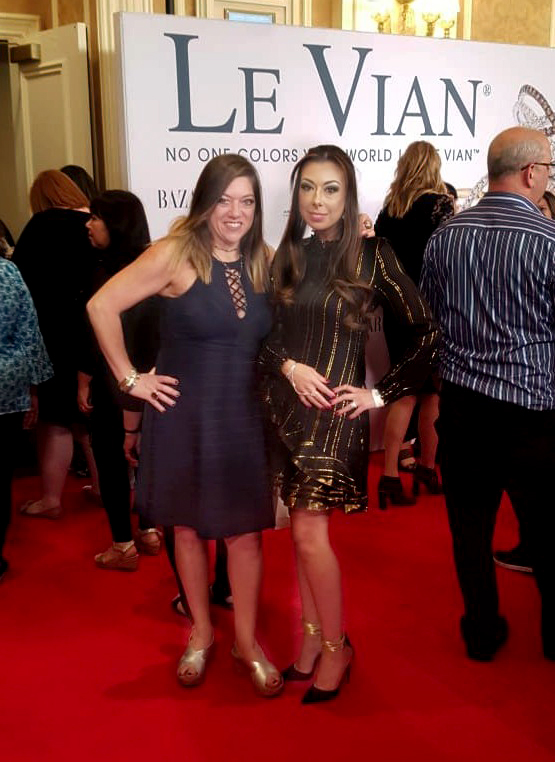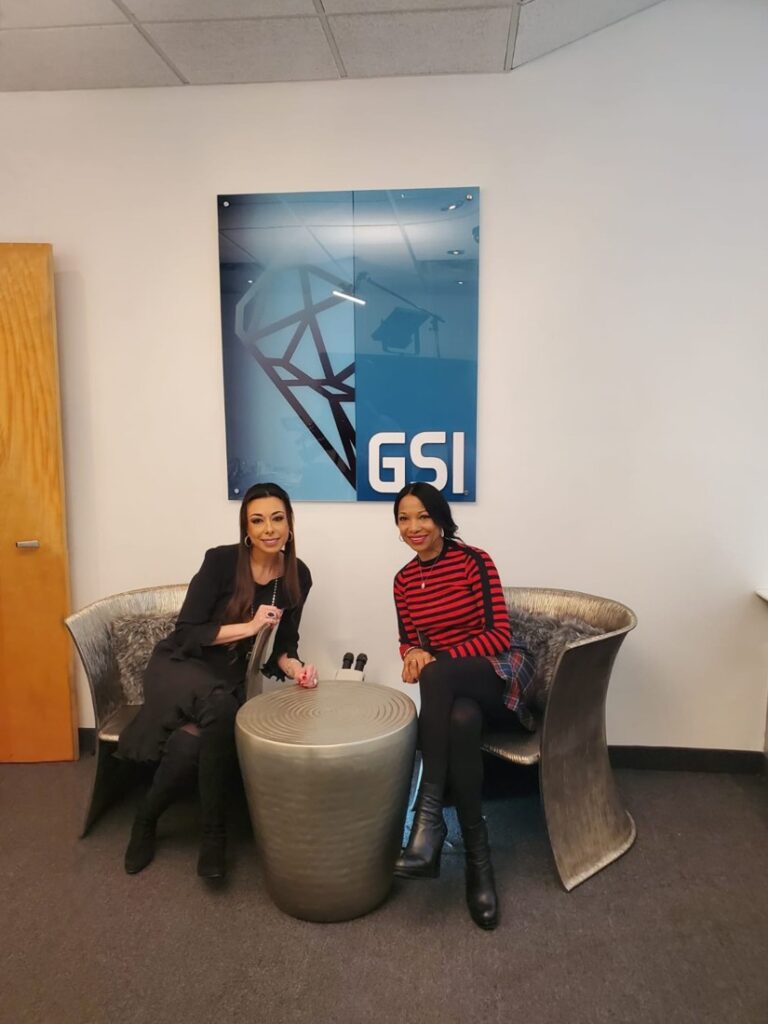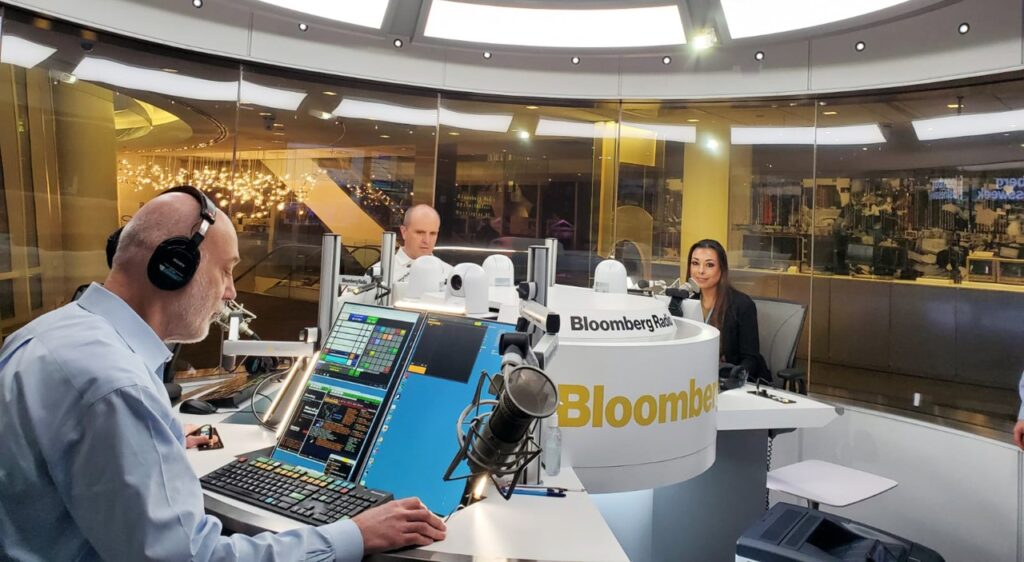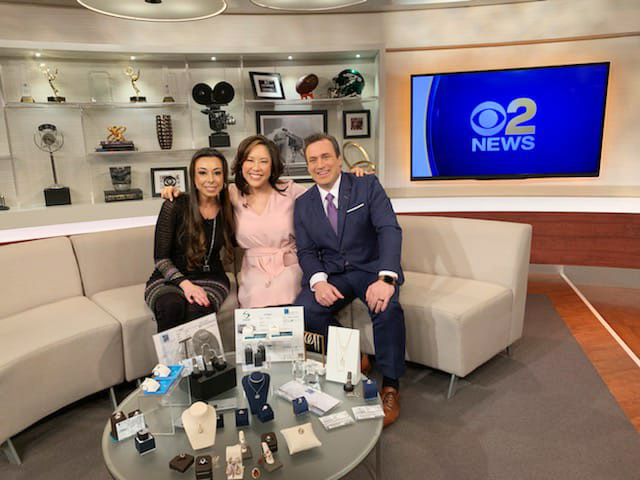How to Buy Diamonds: Q&A With Debbie Azar by Tracey Ellison, The Diamonds Girl

The following article first appeared on The Diamonds Girl.
It’s a wonderful time of the year! Did you know that 40% of all engagements take place between Christmas and Valentine’s Day, according to the latest wedding survey from WeddingWire? Over the holidays, my inbox starts filling up with questions on how/where/what to look for when buying a diamond. The questions come equally from men and women. Everyone wants transparency when investing in a diamond, and they want to know exactly what they are purchasing!
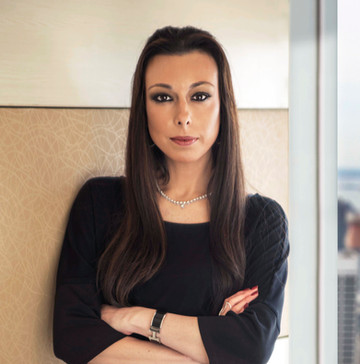
With this in mind, I turned to industry expert, Debbie Azar, President and Co-Founder of Gemological Science Institute (GSI), to get her expert opinion. Debbie has an extensive knowledge of the jewelry and gem lab industries, and is a specialist in working with multi-billion dollar retailers globally. Her entrepreneurial skills and clarity of vision have helped GSI achieve rapid and continuous growth worldwide. GSI is headquartered in New York, NY, and has 13 laboratories on four continents and in a number of countries: the United States, India, Dubai, Israel, Belgium, Hong Kong, and Botswana. This makes GSI one of the largest independent gemological organizations in the world.

Debbie began her jewelry industry career by starting her own successful costume jewelry business. She then expanded her knowledge of the industry with sales, marketing and business development roles in various companies. In March of 2005, Debbie joined Mark Gershburg to establish GSI. Distinguished by her commitment to meeting customer and industry needs, Debbie currently serves as a Board Member of Jewelers for Children (JFC), Diamonds Do Good, Jewelers Vigilance Committee (JVC) and the Responsible Jewellery Council.
Our conversation covers a broad range of topics, from key questions such as “how important is it for a diamond to be certified?” to more personal ones, delving into Debbie’s ideas on which jewelry pieces are staples and her favorite diamond cut. I hope you enjoy learning from this industry dynamo as much as I did!
1. When did you first become interested in diamonds and jewelry? What sparked your interest?
DA: I’ve always loved diamonds and jewelry, and I especially love luxury fashion and accessorizing! But what really sparked my interest once I started working in the industry was the people and everything that happens behind the scenes, before that beautiful diamond or unique piece of jewelry ends up behind the counter on display. Every time I look at a diamond, I can’t help but be mesmerized by how old (a billion years old!) and unique each one is, the journey it took, and the lives and economies it’s touched and helped around the world along the way. And the fact that I can be a part of it is surreal!
2. Most women in jewelry typically tend to follow a design path, but you have done something completely different, with your involvement and leadership of Gemological Science International (GSI). How did this come about?
DA: I have to admit, I never thought I’d end up in a gemological laboratory. It is definitely not as glamorous as jewelry design and some other areas of the industry, but there is a novelty to laboratories that most people don’t know unless you experience it firsthand. And once I got the proverbial taste, I couldn’t imagine doing anything else. Especially since gemological laboratories are an integral part of the diamond and jewelry industry. When we founded GSI back in 2005, we had a vision of creating the most modern and technologically advanced laboratory in the world, and we did just that. We created a global gemological organization that embraced all the traditional values, and we combined state-of-the-art technology with our industry expertise, high standards, and integrity. We became the “disruptor” in the gemological laboratory space.
GSI quickly grew into one the largest and most respected labs in the world with 13 laboratories globally.
3. Why is diamond grading so important?
DA: Diamond grading involves evaluating and analyzing the unique qualities and characteristics of a diamond. Trained professionals evaluate diamonds based on the 4C’s scale – Cut, Color, Clarity and Carat Weight – using professional tools and advanced technological equipment. The 4C’s help determine the unique price of a diamond. At GSI, during the grading process, the diamond, or diamond jewelry, is thoroughly evaluated by a team of trained experts and is tested on a series of sophisticated equipment to ensure the quality and to make sure any important elements are noted – such as treatments, for example, which could affect the price of the diamond. A diamond grading report shows you exactly why the diamond has the price it does. Just as a bank will not issue a home mortgage without a real estate appraisal from a respected appraiser, you should never buy a diamond without it having a grading report from a highly respected gemological lab.
DA: That’s a great question. When reading or viewing a diamond certificate, look specifically at the 4C’s – carat, color, cut and clarity. Each “C” will have a grade so that you can assess its ranking compared to other similar stones. Also, look out for any additional comments and disclosures such as treatments or enhancements.
The price of the diamond should always be properly assessed. The price should reflect the beauty and quality of the diamond and how the 4C’s interact with each other – on the certificate and to the naked eye. A certificate from a reliable and reputable gemological laboratory, such as GSI, will also include information such as if the diamond is natural or laboratory grown, if it has been treated or enhanced in any way, all of which can affect the price. If you are looking for a diamond online, many sites now have a 360-degree video image of the diamond which is helpful to identify any inclusions, color, and make of the stone.
It is important to make sure that the gemological laboratory issuing the certificate is unbiased and truly independent (no ownership stake by a retailer or manufacturer), with no vested interest in the sale of the diamond.
5. How important is it for the consumer that a diamond has a certificate?
DA: It’s essential that a consumer has a certificate for a diamond or diamond jewelry. A certificate will provide the consumer with important information about the diamond or jewelry and to make sure it actually is what the seller claims it is.
As I referenced above, I like to compare it to buying a house – you find a house you love, the house looks great, the price is in your budget, and you trust the broker or agent – however, you wouldn’t buy the house until you have an independent, reliable engineer evaluate the house to make sure everything is what it appears to be.
6. Is there a difference in certificates? There are a number of certificates available, such as GSI, GIA, HRD Antwerp, and IGI. What, if any, are the differences between them?
DA: All diamond grading is subjective, and there is no centralized or universally accepted standard of grading. Each gemological laboratory grades and describes diamonds differently. This is why it is important to make sure the diamond or jewelry is graded by a reputable, reliable, and unbiased laboratory that is independently owned and operated. Consistency is also important, especially when comparing diamonds with certificates from the same laboratory.
At GSI, all of our certificates are backed by our commitment to the highest standards and level of integrity. These standards are based on consistent, strict, and accurate grading results in all of our laboratories around the world.
7. What are the staple diamond pieces that every woman should strive to have in their jewelry box?
DA: Every woman needs jewelry staples that can work with every outfit and occasion. Diamond hoop earrings give some subtle attitude and can easily transition from day to night. Stud earrings are simple and add sparkle for any occasion – including date night or the gym!
Pearl necklaces are handed down from generation to generation, so they will never go out of style. Personally, I love a double strand. And right now, according to the Natural Diamond Council, pearls with diamonds are specifically trending.
Another great diamond option that is making a huge comeback is the tennis bracelet – one of my favorite classic pieces. Recently, jewelry designers have re-imagined the tennis bracelet, so they now come in all different styles!
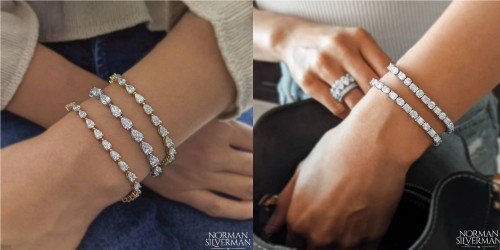
A cocktail ring is another staple, and it is designed to impress. It is typically a large center colored gemstone surrounded by smaller diamonds or gemstones and usually worn on the right hand, so as not to be confused with an engagement ring. The Couture fashion world is embracing multi-finger bling, so feel free to wear more than one. The only limit on how to wear a cocktail ring is your imagination!
Last, but certainly not least, is a statement necklace. Statement necklaces can be worn anywhere from a casual pool party to an evening out, or to dress up your look on a Zoom meeting!

8. Many couples get engaged during the holiday season and of course, around Valentine’s Day. Any tips for people looking for an engagement ring?
DA: An engagement ring is a timeless symbol of your love and will always be a classic, regardless of whether it is in vogue. Whichever style of ring you choose, the most important thing is finding the perfect match for your partner – even if that means leaving not-so-subtle hints (like leaving an engagement ring page open on your laptop).
I always recommend going to a jewelry store to try on different styles and see the diamond up close. Make sure to look at the diamond you are considering in a variety of lighting environments – even outdoors. You’ll notice that a diamond interacts with light differently in each environment. And of course, make sure the diamond or ring is accompanied by a certificate from a reputable laboratory such as GSI so that you know exactly what you are getting.
9. On a personal note, what’s your favorite diamond cut?
DA: I love the full spectrum of diamond cuts. Every diamond cut has its own style. I love the elegance and simplicity of an emerald cut with its elongated stepped facets and broad bright flashes of white light. But I also love the modified cuts that have lots of small kite-shaped facets, specifically in modified round brilliants and modified cushions, because that means the diamond will sparkle from across the room. Every diamond cut has its own personality, and it really just depends on the mood and the occasion.

Thank you to Tracey Ellison, The Diamonds Girl, for the interview!
About Debbie Azar
Debbie Azar is the Co-Founder and President of Gemological Science International (GSI), one of the largest gemological organizations in the world, and a distinguished leader in the global diamond and jewelry industry. As an executive with extensive knowledge of the jewelry and gem lab industries, her entrepreneurial skills and vision have helped GSI achieve rapid and continuous growth worldwide, establishing 13 leading-edge gemological facilities on four continents. She currently serves on the boards of the Jewelers Vigilance Committee, Responsible Jewellery Council, and Jewelers for Children, and is a member of the 24 Karat Club of New York. She has been featured in Forbes, Daily Mail, Good Morning America, Bloomberg, Bloomberg Businessweek, Fox Business, Fox5, CBS2, BOLDTV, Varney&Co, The Street, and NASDAQ, among others.



